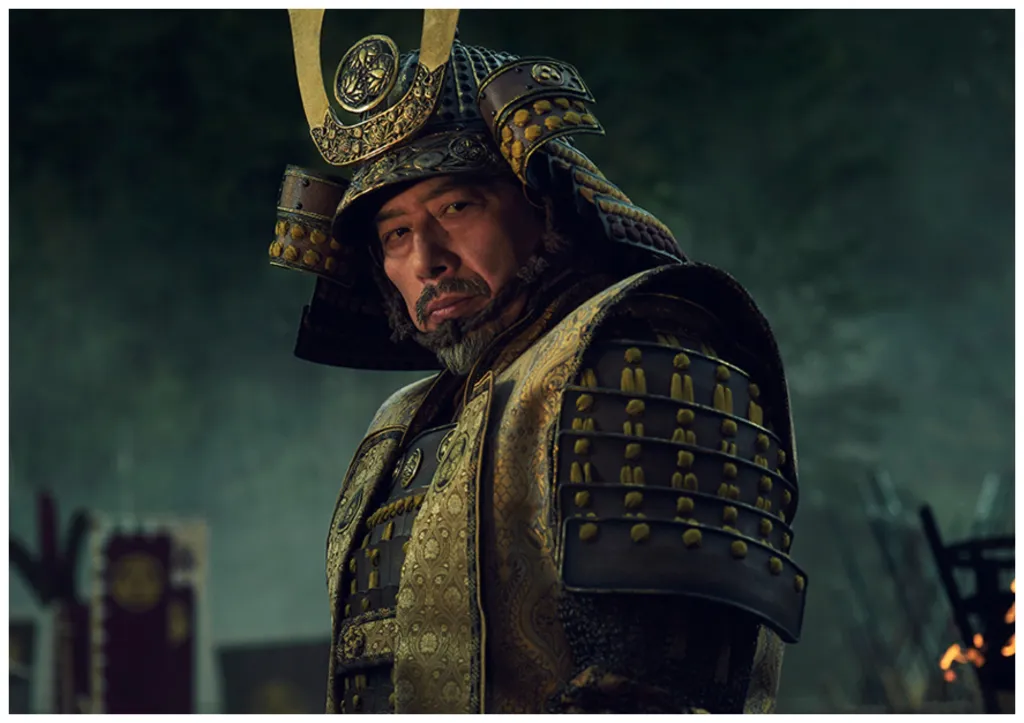Shōgun, the FX/Hulu series, presents a captivating depiction of feudal Japan in the 17th century, showcasing a complex ranking system and power dynamics. Similar to Game of Thrones, the plot revolves around various factions vying for control over feudal Japan, with Lord Yoshii Toranaga at the center. Understanding the historically accurate hierarchy adds depth to the narrative and enhances the viewer’s appreciation of the series.
Set against the backdrop of feudal Japan, the FX/Hulu series Shōgun immerses viewers in a world of political intrigue, power struggles, and intricate social hierarchies. At the heart of this historical epic lies a meticulously crafted system of ranks and titles that shape the dynamics of the narrative.
Drawing inspiration from the tumultuous period of Japan’s history, Shōgun introduces viewers to key figures who wield influence and authority in the feudal society. At the pinnacle of power stands the Taikō, a revered figure who serves as the de facto leader of a divided Japan. Portrayed in the series as a retired kampaku or chief advisor to the Emperor, the Taikō holds immense sway over the political landscape, setting the stage for the unfolding drama.
Supporting the Taikō are the Council of Regents, a group of influential feudal lords who collectively govern Japan in the absence of a monarch. Led by Lord Yoshii Toranaga, portrayed masterfully by Hiroyuki Sanada, the Council of Regents navigates the complexities of court intrigue and power struggles, each member vying for supremacy in the tumultuous world of feudal politics.
Beyond the corridors of power, Shōgun introduces viewers to a diverse array of characters, each occupying a distinct position within the social hierarchy. From the daimyos, feudal lords who command vast swathes of land and wield considerable influence, to the karos, esteemed samurai advisors who serve as trusted confidants to their masters, the series offers a rich tapestry of characters whose actions shape the course of history.
At the heart of the hierarchy lie the samurai, revered warriors who embody the virtues of honor, duty, and loyalty. Characters like John Blackthorne, portrayed with depth and nuance, exemplify the samurai ethos, navigating a world fraught with peril and intrigue.
Yet, amidst the rigid structures of feudal society, Shōgun also explores the plight of the ronin, masterless samurai who wander the land in search of purpose and redemption. Through characters like Blackthorne’s allies, the series sheds light on the complexities of honor and duty in a world defined by rigid social hierarchies.
In essence, Shōgun offers viewers a captivating glimpse into the intricacies of feudal Japan, where power is wielded with a deft hand and alliances are forged and broken in the blink of an eye. As Lord Toranaga and his fellow regents navigate the treacherous waters of court politics, viewers are treated to a masterful exploration of power, ambition, and the human condition.
FAQ
Who are the key figures in Shōgun’s hierarchy?
Shōgun features several key figures, including the Taikō, Council of Regents, daimyos, karos, samurai, and ronin. The Taikō, Council of Regents, and Shogun hold significant power, while daimyos are feudal lords, karos are high-ranking samurai advisors, samurai are warriors, and ronin are masterless samurai.
What is the role of the Taikō and Council of Regents?
The Taikō, inspired by Toyotomi Hideyoshi, was a retired kampaku or chief advisor to the Emperor. In Shōgun, the Council of Regents, led by Lord Yoshii Toranaga, acts as a ruling body in the absence of a monarch. They collectively govern Japan until the heir to the Taikō comes of age.
How does the shogun fit into the hierarchy?
The shogun is the highest-ranking military ruler in feudal Japan, wielding significant authority over the army and navy. Although technically outranked by the Emperor, the shogun holds the most power in practice. Tokugawa Ieyasu, upon whom Lord Toranaga is based, was a prominent shogun in Japanese history.
What is the significance of daimyos and karos?
Daimyos are feudal lords who own land and serve as vassals to those in power. Karos, on the other hand, are esteemed samurai officials who act as advisors to daimyos or regents. Characters like Hiromatsu in Shōgun exemplify the role of a karō, serving as a trusted advisor to Lord Toranaga.
Who are the samurai and ronin in Shōgun?
Samurai are warrior-class individuals with advanced combat skills and societal prestige. Conversely, ronin are masterless samurai, often deemed dishonorable due to their lack of ancestral ties. Characters like John Blackthorne represent samurai, while ronin symbolize a different facet of feudal Japanese society.
